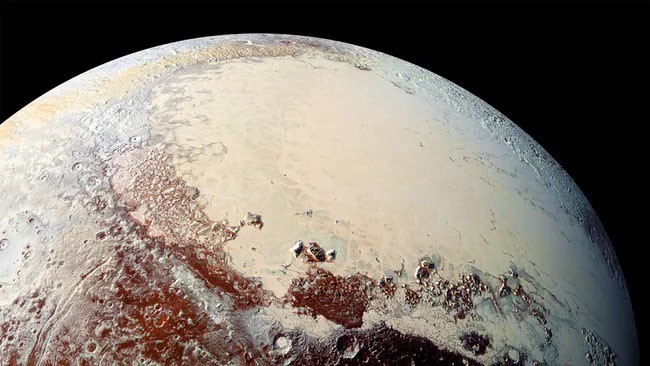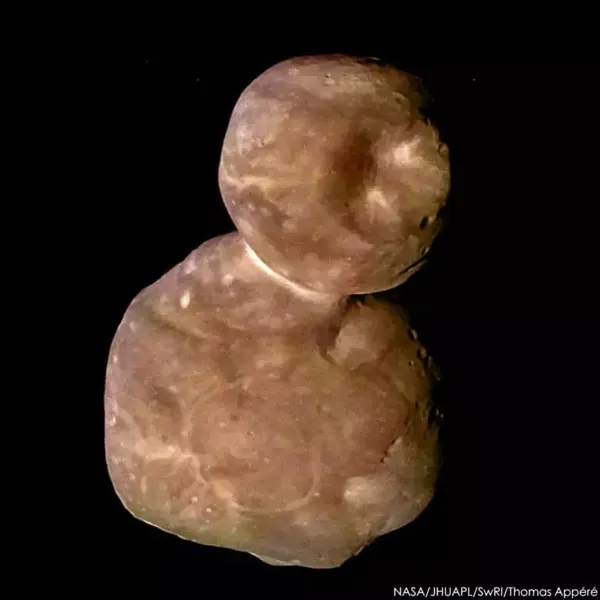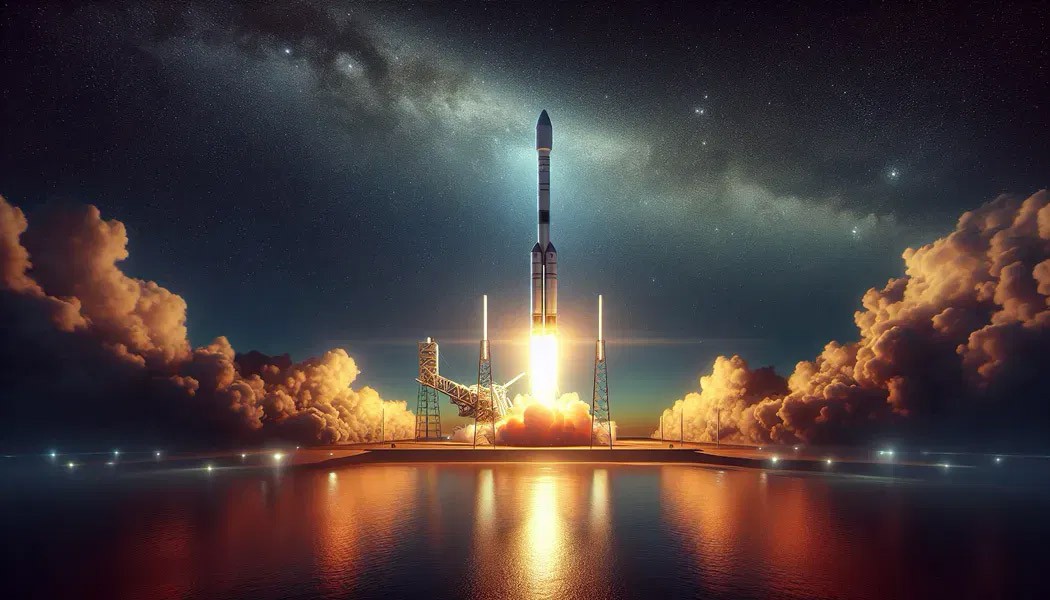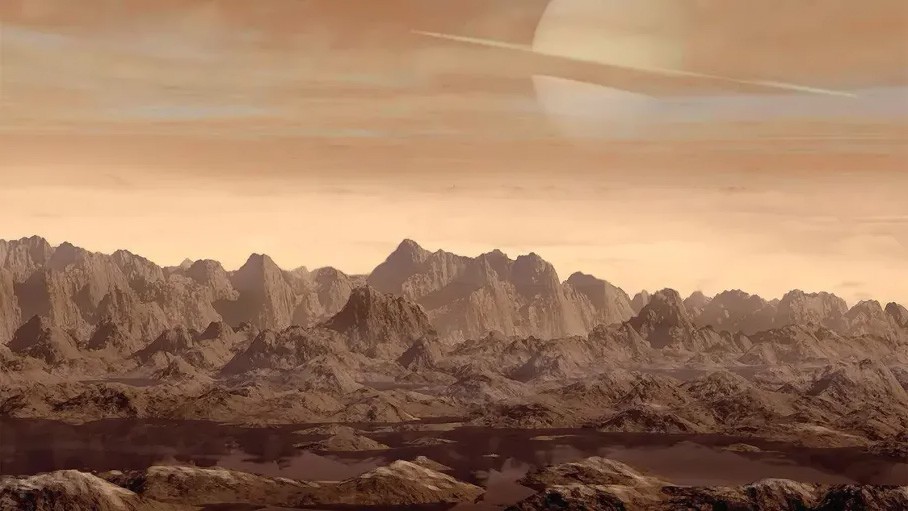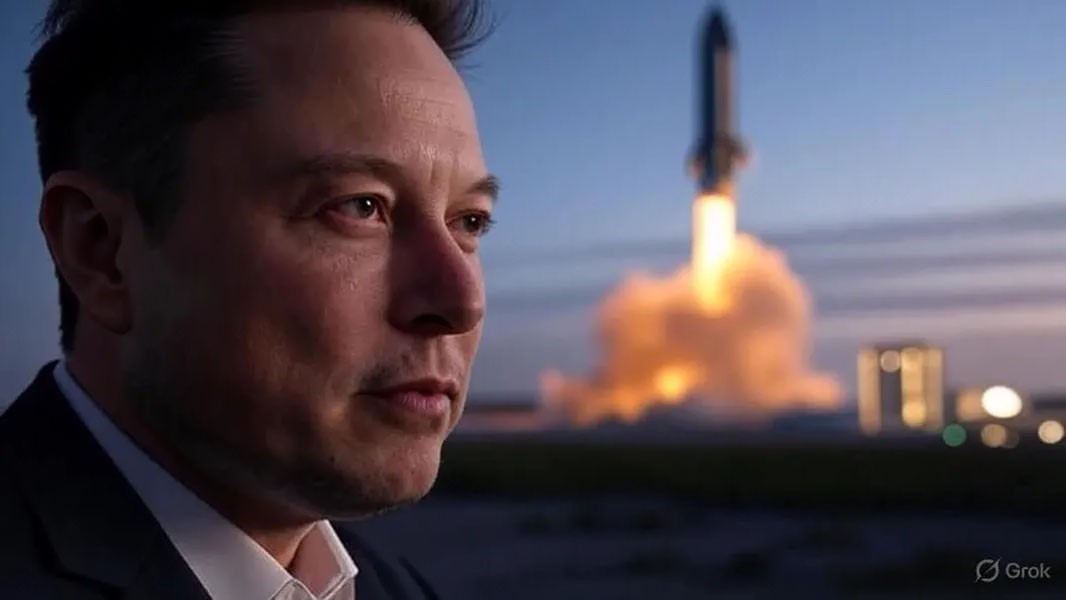One of the most ambitious and fruitful missions in the history of exploring the solar system is under threat. We are talking about the mission "New Horizons", thanks to which humanity for the first time received detailed images of Pluto and went beyond the boundaries of the known planetary boundaries. However, the proposed NASA budget for the coming years does not provide for further funding for the project, which may lead to its early completion.
The New Horizons spacecraft was launched on January 19, 2006 and made history on July 14, 2015 by making the world's first flyby of Pluto. At that time, the mission demonstrated the potential of deep space research programs, causing a public and scientific outcry. A decade later, the spacecraft is still operating and is almost twice as far from the Sun as Pluto's orbit, studying the outer limits of the Solar System.
Today, New Horizons remains the only active research vehicle in the Kuiper Belt. Its scientific potential is not exhausted: it has a fuel reserve and functioning communication systems, which allows for at least one additional flight if a suitable object is found. In 2019, he already studied the trans-Neptunian object Arrokot — a relict body formed at low temperatures, which helped correct scientific ideas about the early stage of planet formation.
Thanks to the accumulated data, it became clear that the Kuiper Belt may be much longer than previously thought. In addition, New Horizons records the influence of the solar wind at the most remote points of the heliosphere, approaching the stage of entering interstellar space. In the future, the device may become the third active object to leave the borders of the Solar System-after Voyager 1 and Voyager 2.
However, the fate of the mission again depends on a political decision. The project first faced the threat of closure back in the 1990s, when NASA rejected or canceled similar missions to Pluto six times. Alan Stern's project went through a decade-long path of bureaucratic approvals and was launched only thanks to continuous public support, including from scientific organizations and well-known public figures.
The history of financing New Horizons is a history of struggle. Congress has already tried twice to shut down the project after launch, but public campaigns and pressure from the scientific community allowed the funding to be returned. Today, almost two decades later, the fate of one of the most successful space projects is once again in the hands of lawmakers.
If the US Congress does not review the proposed budget, the mission may end before the 2030s. This will deprive science of a unique source of data about the outer limits of the Solar system and make it impossible to conduct additional observations in the Kuiper Belt.

